The title for my talk was Why I Write. I had composed a neat outline of what I wanted to say and printed it out in large type to keep me on course. And guess what, that train leapt off the tracks shortly after I began. I don’t think I embarrassed myself and I do think the audience was entertained. Or so I hope.

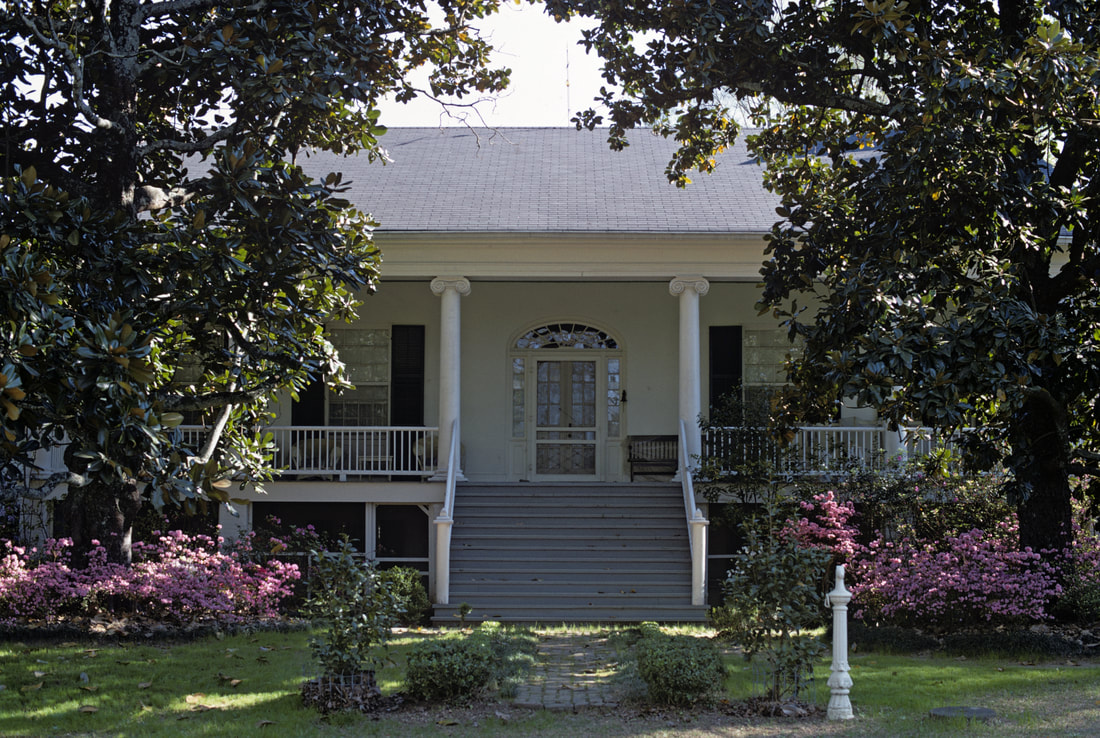
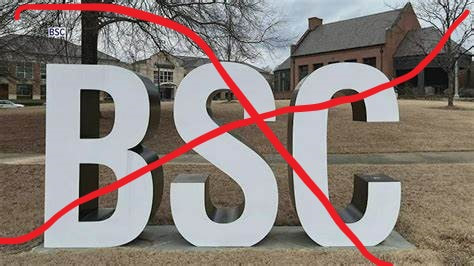
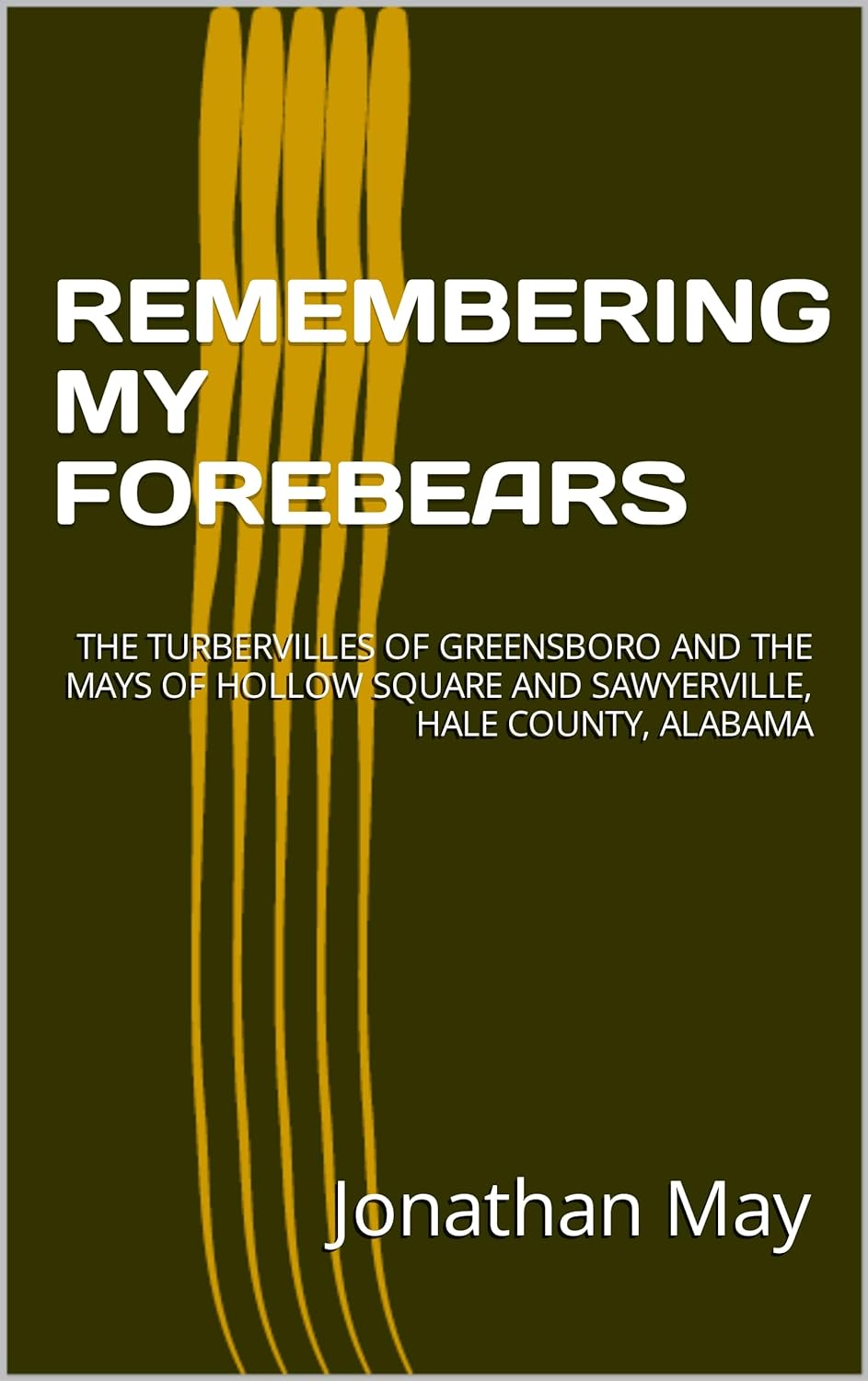
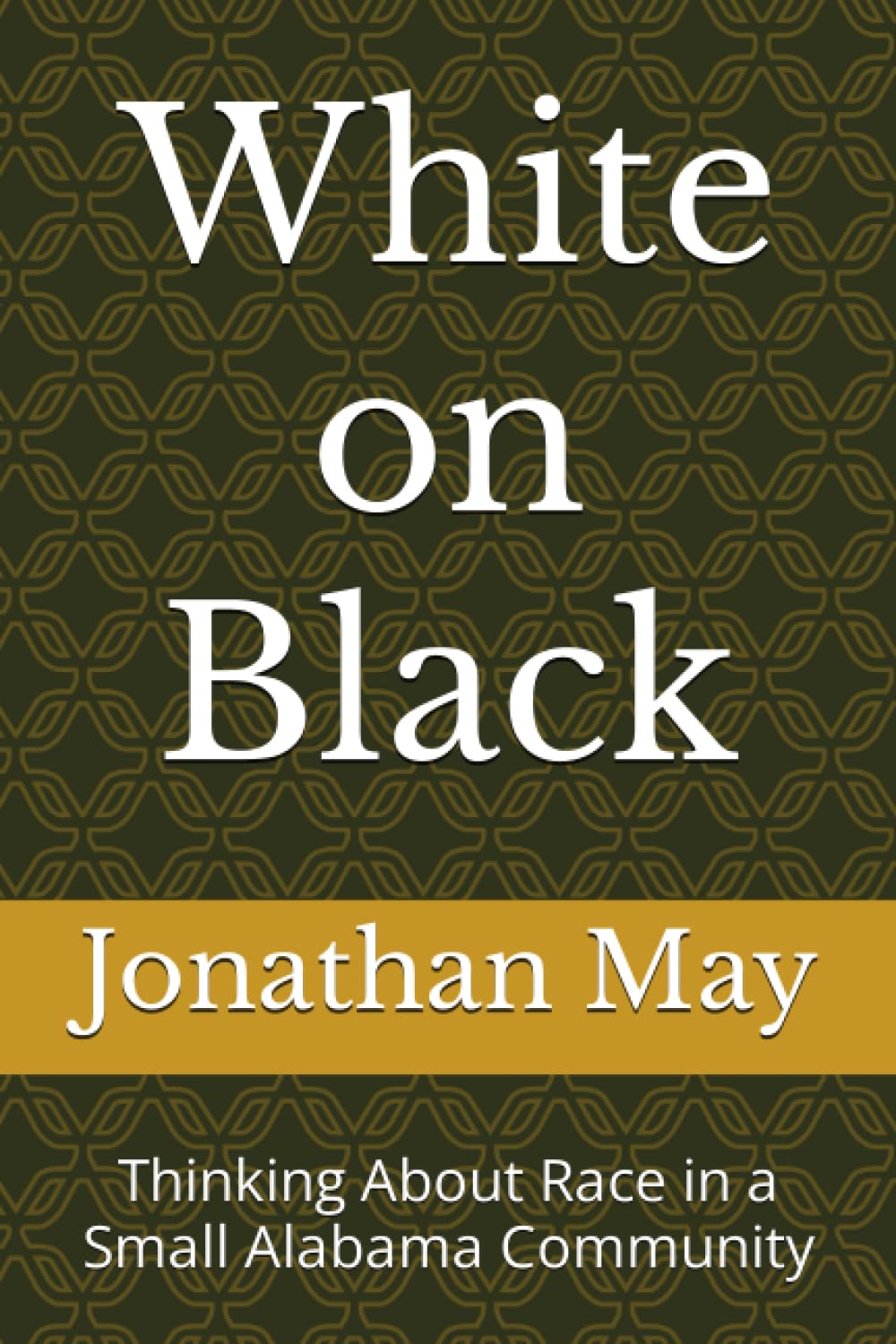


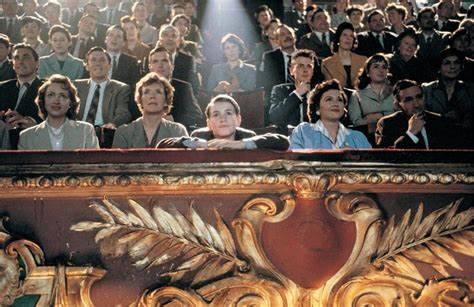
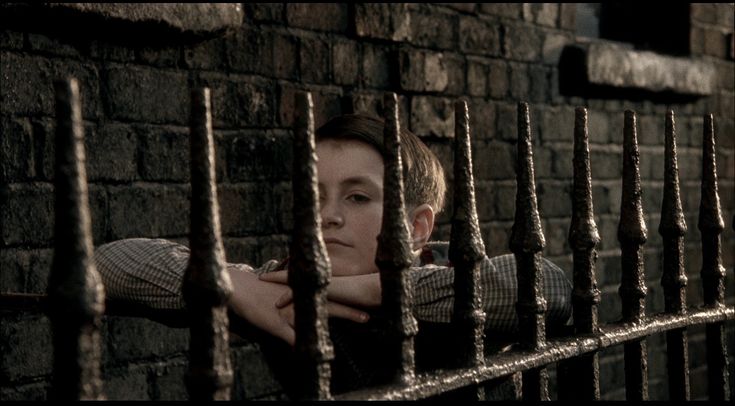
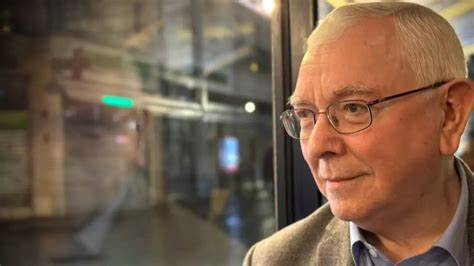
 RSS Feed
RSS Feed